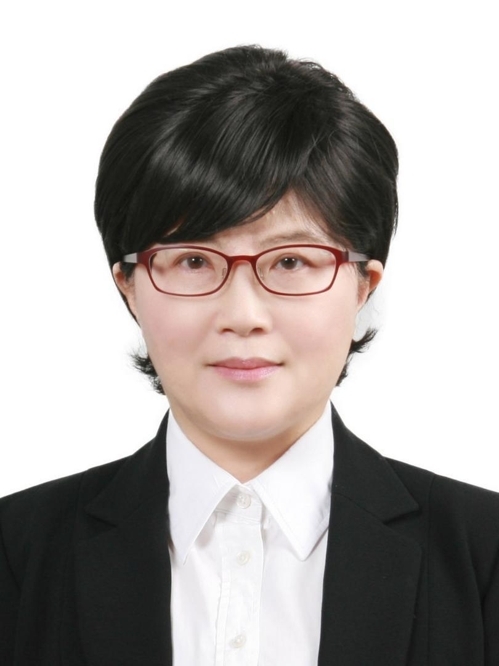A 17-year-old Swedish girl, Greta Thunberg, said that we should not neglect the planet and must act on global warming, outside of the Swedish parliament in August last year. She denounced the indifference of developed countries toward climate change. Her voice was like a big wave caused by a small pebble thrown into a lake. She was nominated for the Nobel Peace Prize this year.
The Intergovernmental Panel on Climate Change at the 48th General Assembly in October last year adopted the special report Global Warming of 1.5 degrees Celsius, to limit the temperature rise to 1.5 C above pre-industrial levels to prevent a climate crisis. For this, the IPCC recommended a decrease of about 45 percent from 2010 levels by 2030.
From the beginning of the city’s construction, the administrative city of Sejong introduced various eco-friendly policies to become a “low-carbon clean-energy city.”
 |
(Kim Jin-sook) |
The National Agency for Administrative City Construction planned to reduce greenhouse gases by 77 percent compared to business as usual by 2030 without intentional effort to reduce carbon dioxide.
It is a challenging goal compared to that of representative eco-friendly countries, such as Germany’s target to cut carbon emissions up to 55 percent.
The city established the Multifunctional Administrative City Greenhouse Gas Administrative System, compared actual carbon emissions with the target every year and achieved outcomes, reducing 44 percent as of late last year.
Recently, the government has made effort to spread the use of eco-friendly cars, like electric or hydrogen cars, to reduce carbon emissions and fine dust. A hydrogen-powered car -- considered a “driving air purifier” -- has drawn attention as an eco-friendly vehicle that can reduce the amount of carbon dioxide equivalent to that absorbed by 60 trees, and purify fine dust discharged by two diesel cars.
To prepare for the needs of hydrogen cars, the administrative city has pushed forward the construction of two urban hydrogen stations at the Government Complex Sejong and Daepyeong-dong. The construction of the stations is significant as it enhances convenience for users and encourages the use of hydrogen cars among visitors from local governments and public institutions to the Government Complex Sejong. It also contributes to the hydrogen society.
By expanding charging infrastructures for electric cars continuously, Sejong City has outstanding environmental conditions for electric vehicles. The ratio of electric chargers to cars registered in the city was 75.4 percent as of late June.
In addition, the agency has guidelines for the introduction of new renewable energy, under the processing of building authorization and permission.
It encourages the installation of new renewable energy systems in public and private buildings, and expands the urban photovoltaic power generation facility to vacant and underutilized land and infrastructure, like water reservoirs, parking lots in parks, soundproof tunnels and bike lanes, every year.
The administrative city has the highest green area ratio of 52.4 percent nationwide, and other green places, such as lake parks, national arboretums and central parks, contribute to decreasing carbon emissions.
It is difficult to induce participation in curbing climate change caused by people’s greed, as the actions cannot yield the desired results immediately.
Just like the young girl on the other side of the planet, the administrative city hopes to be a catalyst for transforming Korea and global cities with policies and timely actions to respond to the climate crisis.
By Kim Jin-sook
The writer is administrator of the National Agency for Administrative City Construction. The views reflected in the article are her own. --Ed.







![[Weekender] Korea's traditional sauce culture gains global recognition](http://res.heraldm.com/phpwas/restmb_idxmake.php?idx=644&simg=/content/image/2024/11/21/20241121050153_0.jpg)
